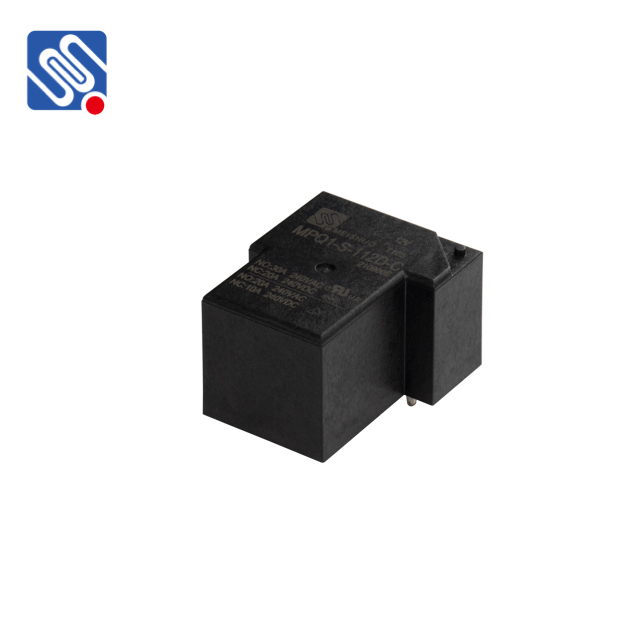understanding the 12v dc relay: principles, applications, and benefits
Release time:2025-10-20 07:48:48
A 12V DC Relay is a fundamental electrical component used in a wide range of electronic applications. It acts as an electrically operated switch, controlled by a low-voltage DC input, typically 12V, to manage higher power circuits. Relays are essential in both automotive and industrial systems, allowing users to control devices that require a higher current or voltage than what the low-power circuit can supply. In this article, we will explore the working principles of 12V DC relays, their typical applications, and the advantages they bring to various systems.

Working Principle of the 12V DC Relay
At its core, a relay consists of two primary components: a coil and a set of contacts. The coil is made of wire wound into a compact shape, and it generates a magnetic field when an electric current flows through it. When a 12V DC voltage is applied across the coil, it generates a magnetic field strong enough to move a movable armature connected to the contacts. The armature either closes or opens the contacts, thus switching the connected circuit on or off.
A relay typically features at least one Normally Open (NO) contact and sometimes a Normally Closed (NC) contact. In the default state, the NO contact remains open (disconnected), while the NC contact is closed (connected). When the relay is energized by the 12V DC signal, the NO contact closes, allowing current to flow through the connected load. Conversely, the NC contact opens, interrupting the current.

